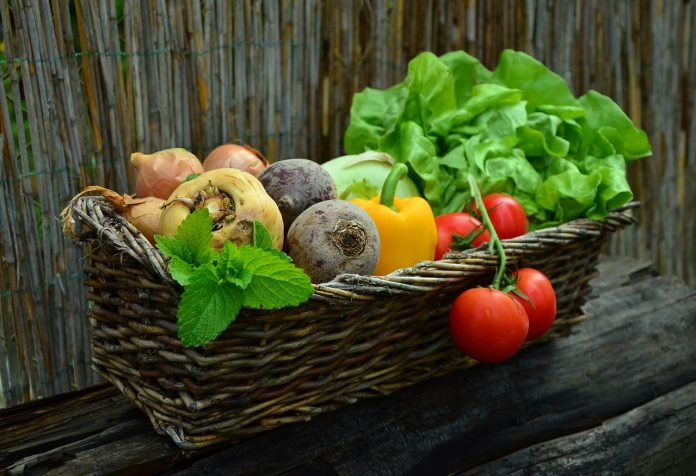
What is your son eating at other meals during the day? Depending on what he eats at the other meals, he may or may not be getting enough protein. The Recommended Dietary Allowances (RDA) of protein for children one to 13 years of age ranges from 13 to 34 grams of protein. This can be achieved by eating two to three cups of milk and four to five ounces of meat daily. Two tablespoons of peanut butter can be substituted for two ounces of meat. Does your son have that much peanut butter on one sandwich? If he had an egg for breakfast and two ounces of meat for supper, one tablespoon of peanut butter at lunch, that could be enough protein depending on his age. Children seem to do just fine, eating peanut butter sandwiches for lunch, even on a daily basis. Please note that many schools have banned foods with peanut butter due the number of children with severe peanut allergies.
Your son likes one of my favorite foods which I have eaten since high school. Peanut butter, by itself, however, is not a complete protein. For a meal, you should serve peanut butter with a grain since they compliment each other’s protein content. In other words, peanut butter and bread are not lacking in the same amino acids (building blocks of protein). Together, peanut butter and bread make a complete protein.
I would recommend a “real” type peanut butter that only has peanuts and salt. You can usually find them in the refrigerator section in your store. The peanut butter is refrigerated so the peanut oil doesn’t separate out like unrefrigerated “natural” peanut butter found on the grocery store shelf. For a snack, peanut butter on celery or an apple is great.
It would be nutritionally better to vary the foods offered at lunch. Sandwiches like peanut butter, cheese, leftover roast beef, chicken, turkey or ham, tuna, or egg salad are all right. He could also try the school lunch program occasionally.
Lunch should contribute about one-third of a person’s nutritional requirements. Try to include one serving from each of My Plate, meat or beans, milk, bread, fruits, vegetables, and oils.
Include raw vegetables and dip or fresh fruit in season, especially in the warm months. Remember to include milk or real fruit juice to drink. Individual drink boxes are convenient. Look for the juice boxes that contain 100% fruit juice without added sugar. Many contain less than 10 percent real fruit juice. The other 90 percent are sugar and water. One drawback is that the drink boxes are more expensive than frozen cans of juice concentrate, but the juice boxes travel well and if you freeze them, a juice box can keep the rest of a lunch cool.
Look for a children’s cookbooks for lunch ideas. When I run out of lunch box ideas, I thumb through cookbooks for lunch suggestions.
Lastly, remember that children will eat when they are hungry and they should be provided with appropriate choices. Children also eat more when they are in a growth spurt and less when their growth has reached a plateau.



